Species Photo Gallery for Microcentrus perditus No Common Name 29 |
 | Photo by: Kelli Ashby
Durham Co.
Comment: Attracted to UV light | 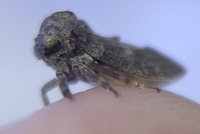 | Photo by: Kelli Ashby
Durham Co.
Comment: Attracted to UV light |
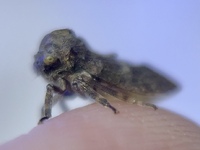 | Photo by: Kelli Ashby
Durham Co.
Comment: attracted to UV | 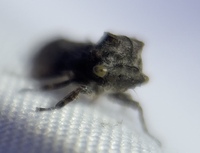 | Photo by: Kelli Ashby
Durham Co.
Comment: attracted to UV |
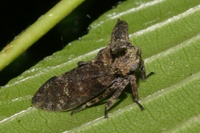 | Photo by: Scott Bolick
Alleghany Co.
Comment: | 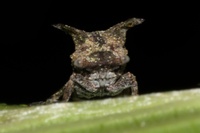 | Photo by: Scott Bolick
Alleghany Co.
Comment: |
 | Photo by: Scott Bolick
Alleghany Co.
Comment: | 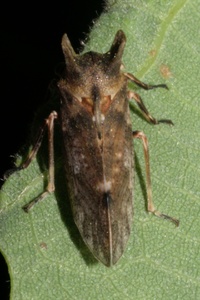 | Photo by: Scott Bolick
Alleghany Co.
Comment: |
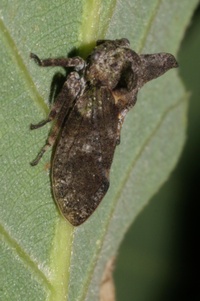 | Photo by: Scott Bolick
Alleghany Co.
Comment: | 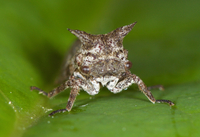 | Photo by: Jim Petranka
Madison Co.
Comment: |
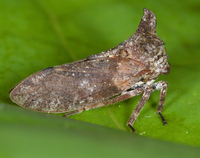 | Photo by: Jim Petranka
Madison Co.
Comment: | 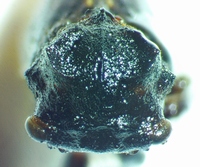 | Photo by: Ken Kneidel
Mecklenburg Co.
Comment: male stuck on a tree band on Willow Oak, active between mid December when the band was put up and 1/12 |
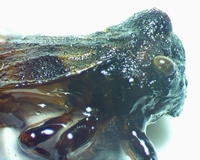 | Photo by: Ken Kneidel
Mecklenburg Co.
Comment: male stuck on a tree band on Willow Oak, active between mid December when the band was put up and 1/12 | 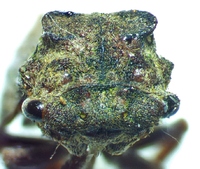 | Photo by: Ken Kneidel
Mecklenburg Co.
Comment: dead male stuck on a tree band on Willow Oak |
 | Photo by: Ken Kneidel
Mecklenburg Co.
Comment: dead male stuck on a tree band on Willow Oak | 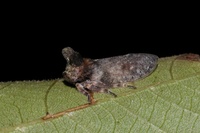 | Photo by: Scott Bolick
Guilford Co.
Comment: |
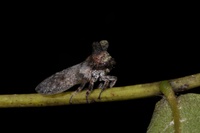 | Photo by: Scott Bolick
Guilford Co.
Comment: | 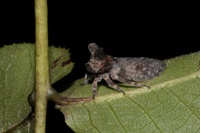 | Photo by: Scott Bolick
Guilford Co.
Comment: |
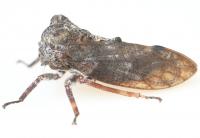 | Photo by: Graham Montgomery
Out Of State Co.
Comment: male | 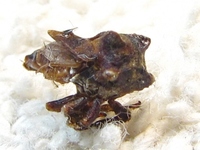 | Photo by: Ken Kneidel
Mecklenburg Co.
Comment: found stuck in Tanglefoot on a tree band |
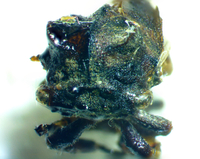 | Photo by: Ken Kneidel
Mecklenburg Co.
Comment: found stuck in Tanglefoot on a tree band | 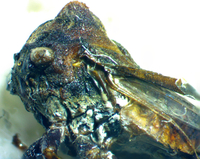 | Photo by: Ken Kneidel
Mecklenburg Co.
Comment: found stuck in Tanglefoot on a tree band |
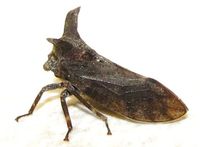 | Photo by: Ken Kneidel
Yancey Co.
Comment: came to UV and CFL light at night | 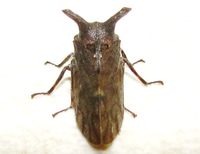 | Photo by: Ken Kneidel
Yancey Co.
Comment: came to UV and CFL light at night; female |
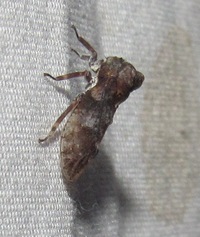 | Photo by: B. Bockhahn
Stokes Co.
Comment: | 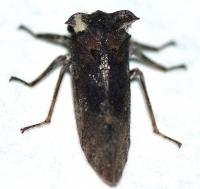 | Photo by: Paul Scharf
Warren Co.
Comment: Attracted to Light |
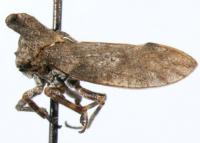 | Photo by: Matthew S. Wallace
Out Of State Co.
Comment: female | 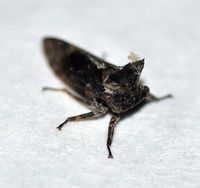 | Photo by: Paul Scharf
Warren Co.
Comment: Attracted to Black Light |
 | Photo by: Paul Scharf
Warren Co.
Comment: Attracted to Black Light |

 »
»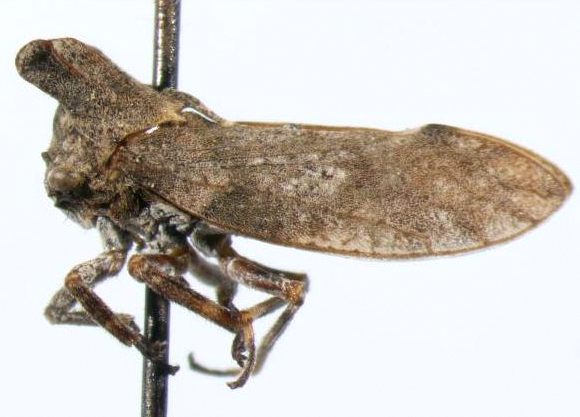




 »
»


